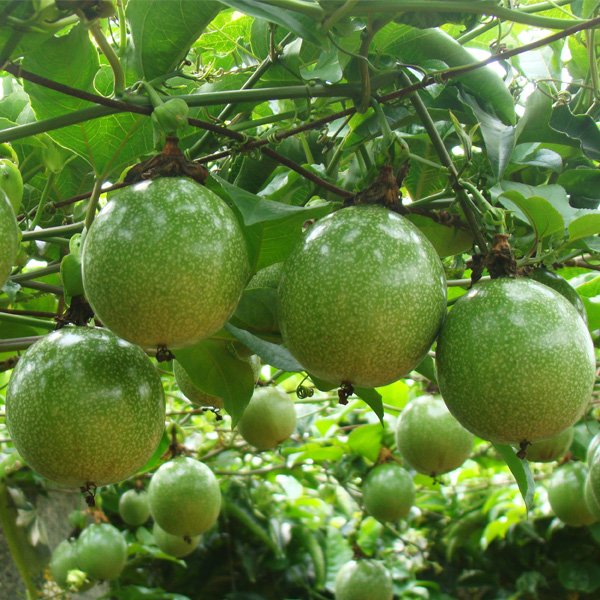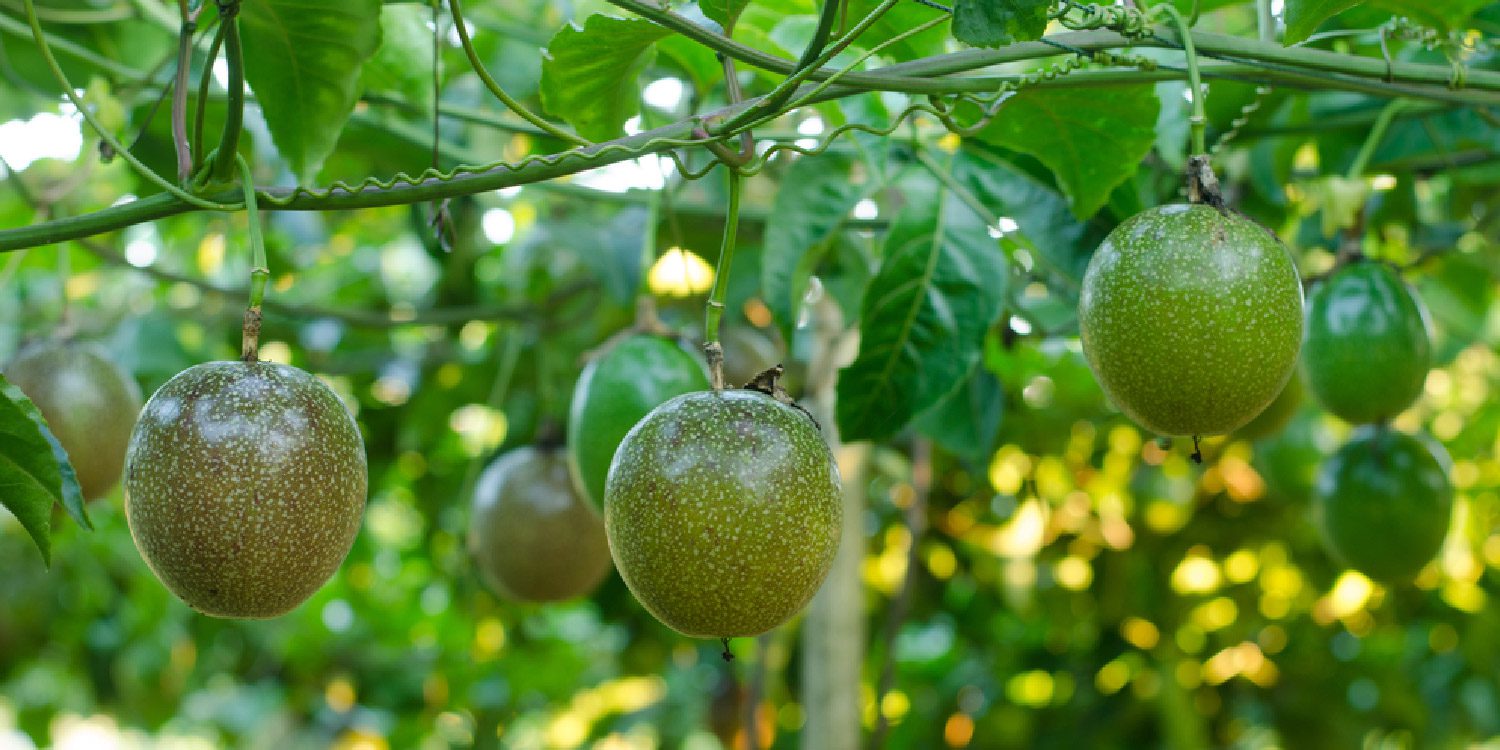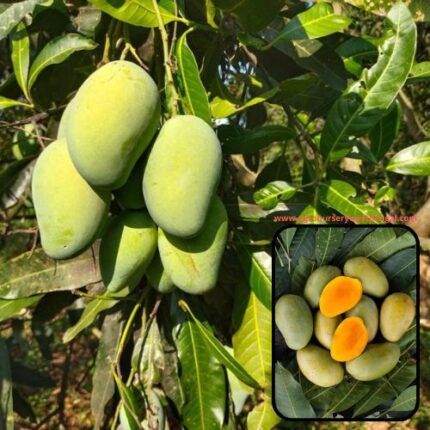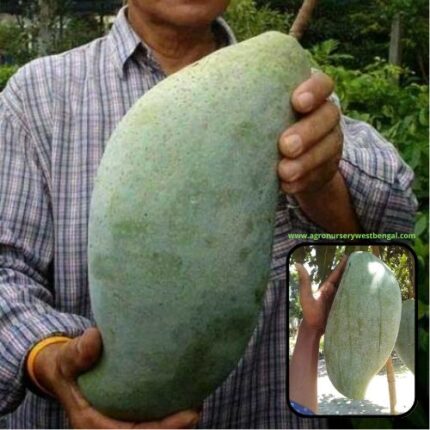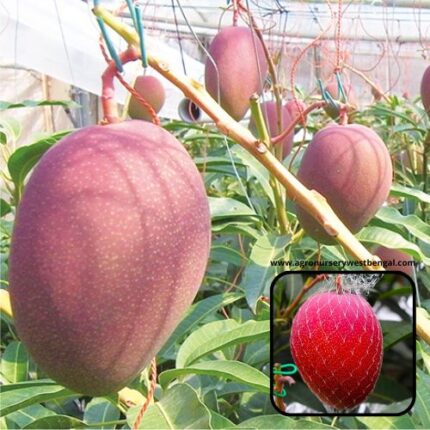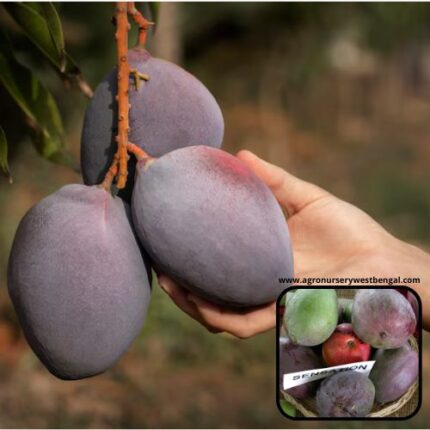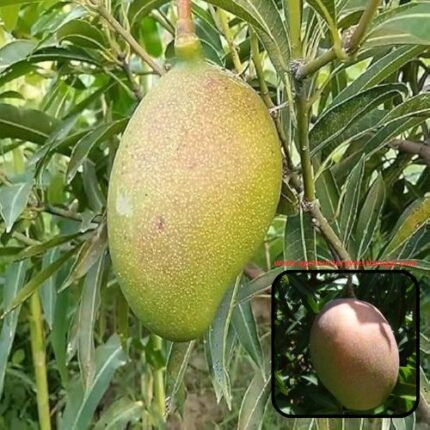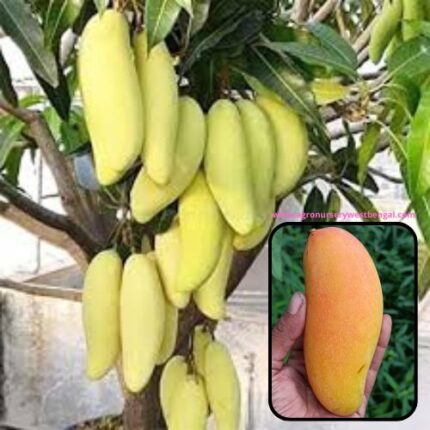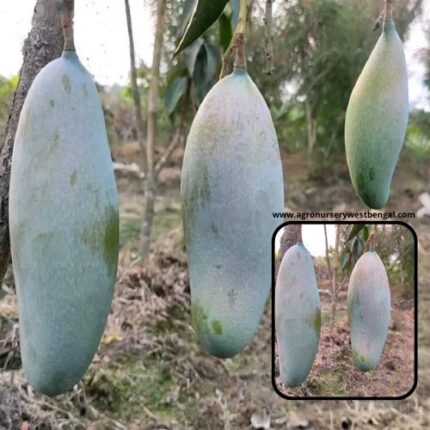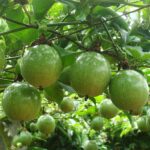

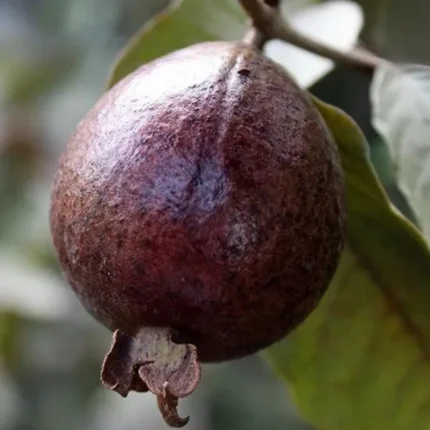
Red guava fruit plants
₹699 Original price was: ₹699.₹369Current price is: ₹369.
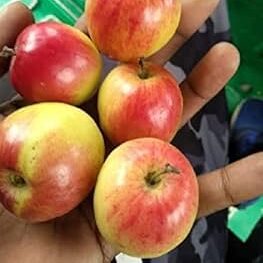
Boll Sundari Apple ber fruit plants
₹599 Original price was: ₹599.₹299Current price is: ₹299.
Passion fruit plants
₹739 Original price was: ₹739.₹459Current price is: ₹459.
Category: Fruit Plants
Description
Passion fruit is a tropical fruit with a surprisingly complex and intense flavor, beloved for its aromatic pulp and crunchy seeds. It gets its name not from any aphrodisiac qualities, but from early Spanish missionaries who saw symbolism of the “Passion of Christ” in the flower’s intricate structure.
Here’s a detailed description of passion fruit:
-
Appearance:
- Shape and Size: Typically round to oval, ranging from the size of a large plum to a small lemon (around 4-7 cm in diameter).
- Skin (Rind): The outer rind is thick, inedible, and can vary in color depending on the variety. The most common types are:
- Purple Passion Fruit (Passiflora edulis): Starts green and ripens to a deep purple or reddish-purple. When fully ripe, the skin often becomes wrinkled and somewhat shriveled, which is a sign of ripeness and intense flavor, not spoilage.
- Yellow Passion Fruit (Passiflora edulis f. flavicarpa): Generally larger than the purple variety, ripening to a bright yellow or orange. Its skin is usually smoother than the purple type, even when ripe.
- Internal Pulp: When cut open, the fruit reveals a vibrant, aromatic, and gelatinous pulp. The color of the pulp is typically bright yellow to orange-yellow.
- Seeds: Embedded within the juicy pulp are numerous small, edible, crunchy, dark brown to black seeds. These seeds add a pleasant textural contrast to the soft pulp.
-
Taste and Texture:
- Taste: Passion fruit is famous for its intense, complex, and highly aromatic flavor. It’s a delightful balance of sweet and tart, often described as a blend of tropical notes like pineapple, mango, and guava, with a distinct citrusy tang and a floral, musky undertone. The yellow varieties tend to be more tart than the purple ones.
- Texture: The pulp is juicy, slightly slimy, and gelatinous, while the seeds provide a satisfying crunch. The combination offers a unique sensory experience.
-
Botanical Characteristics and Origin:
- Passion fruit grows on a vigorous, climbing, perennial vine belonging to the Passiflora genus.
- It is native to tropical and subtropical regions of South America, particularly Brazil, Paraguay, and northern Argentina.
- Today, it’s widely cultivated in many tropical and subtropical areas worldwide, including Australia, New Zealand, Hawaii, Florida, and parts of India.
-
Seasonality:
- In tropical climates, passion fruit can often fruit year-round. In other regions, it may have a more defined season, typically summer and fall, though cultivation practices can extend availability.
-
Nutritional Value and Health Benefits:
- Passion fruit is a nutrient-dense fruit. It is an excellent source of:
- Vitamin C: A powerful antioxidant that supports the immune system and skin health.
- Dietary Fiber: Found abundantly in both the pulp and seeds, which aids digestion, promotes gut health, and helps regulate blood sugar and cholesterol levels.
- Vitamin A: Important for vision, skin health, and immune function.
- Potassium: Important for blood pressure regulation and fluid balance.
- Other minerals like iron, magnesium, and phosphorus.
- Antioxidants, including flavonoids and polyphenols, which contribute to its anti-inflammatory properties.
- Passion fruit is a nutrient-dense fruit. It is an excellent source of:
-
Culinary Uses:
- Fresh Eating: The most common way to enjoy passion fruit is to simply cut it in half and scoop out the pulp and seeds with a spoon. It’s often eaten on its own or added to fruit salads.
- Juices and Beverages: Its intense flavor makes it incredibly popular for juices, smoothies, cocktails (like martinis and mojitos), and mocktails. The pulp can be strained for clear juice or used as is for a thicker consistency.
- Desserts: Passion fruit is a star ingredient in desserts. It’s used in cheesecakes, tarts, mousses, panna cotta, sorbets, ice creams, cakes, and pavlovas, where its tartness beautifully balances sweetness.
- Sauces and Dressings: The pulp can be made into delicious coulis, sauces, and vinaigrettes for both sweet and savory dishes, including glazes for poultry or seafood.
- Jams and Jellies: Its natural pectin content makes it suitable for preserves.
The unique combination of vibrant color, tantalizing aroma, sweet-tart flavor, and crunchy texture makes passion fruit a truly exotic and versatile tropical delight

